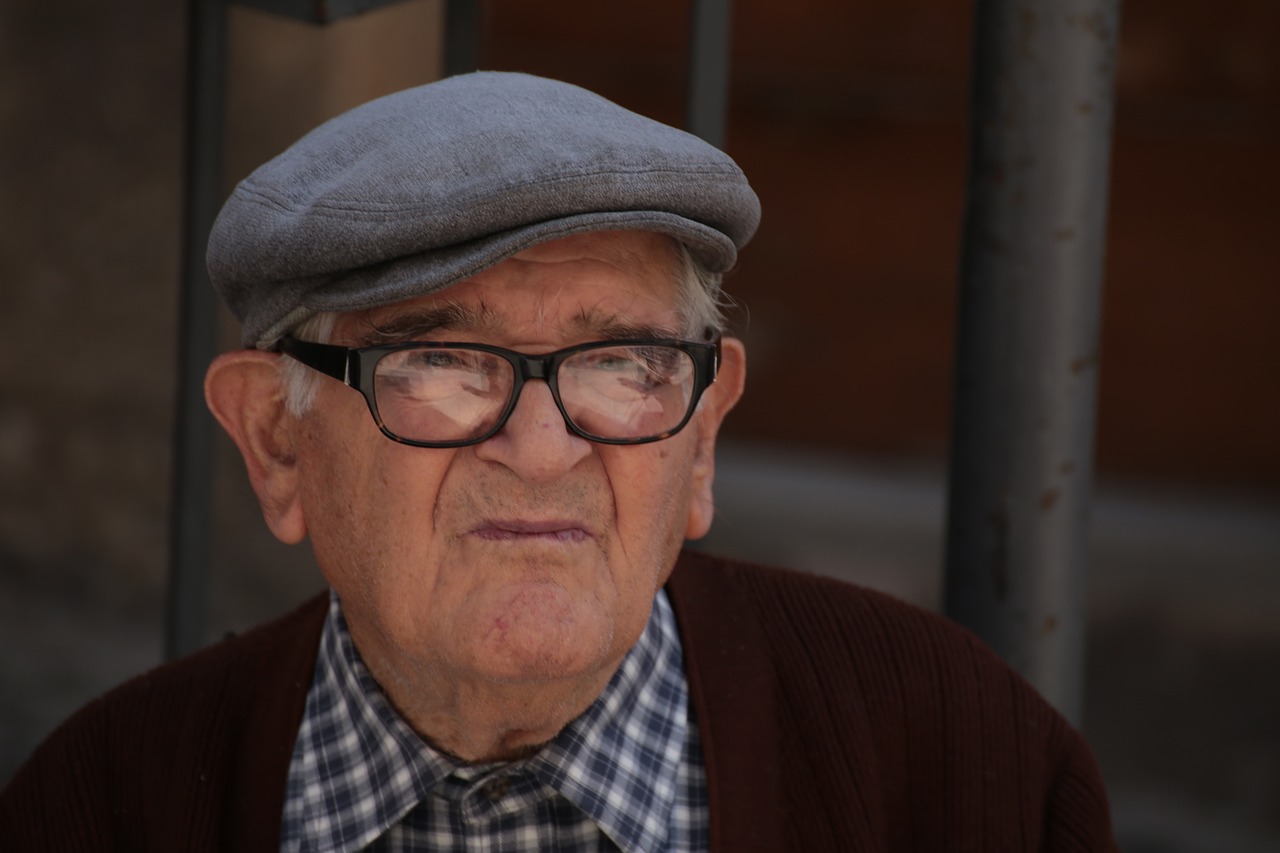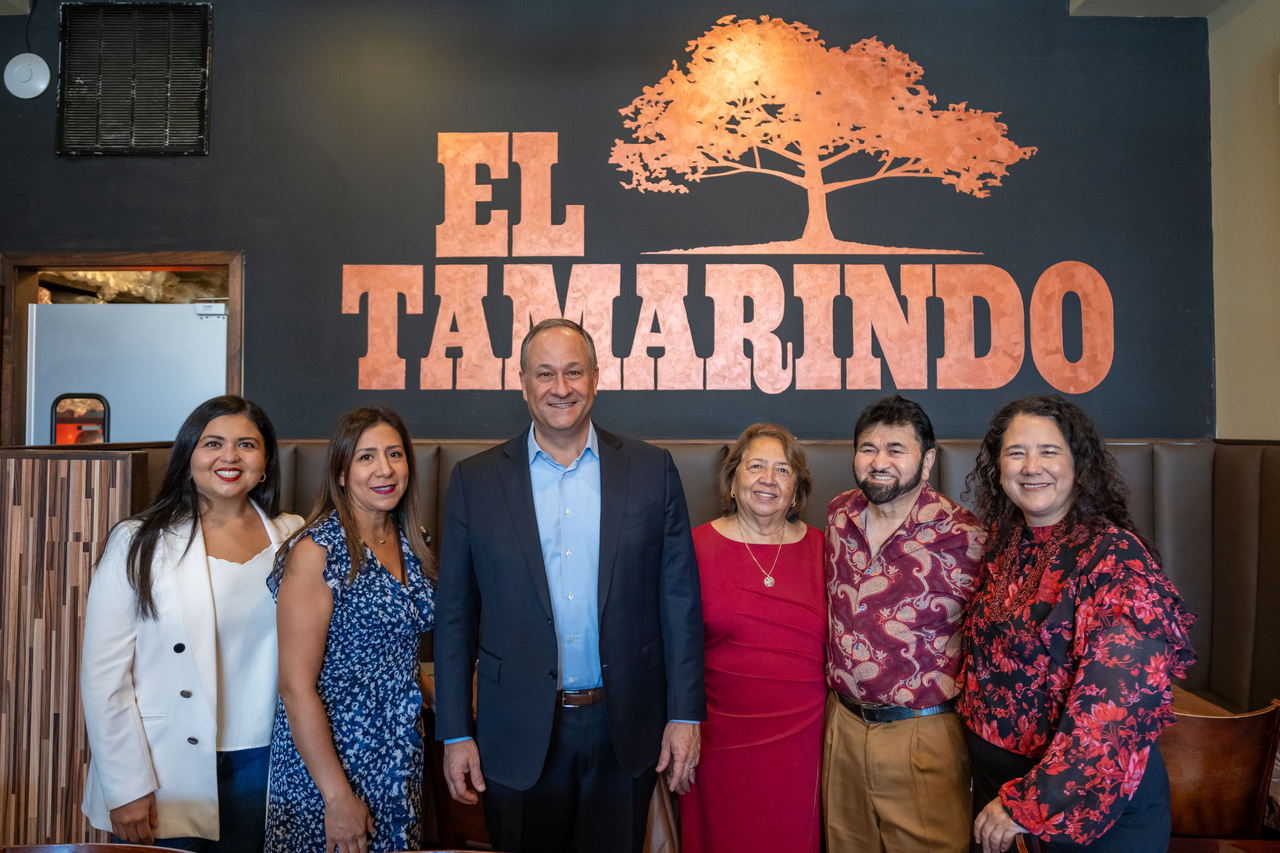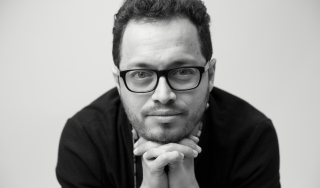
Juntos: 15 years of fighting
The community organization recently marked 15 years of advocacy and struggle for the rights of undocumented immigrants in Philadelphia. Take a moment to walk…
In September of last year, Juntos —the immigrant rights advocacy organization based in South Philadelphia — marked its fifteenth year of promoting the rights of undocumented immigrants, uniting dozens of Mexican families, and defending the dignity of all human beings regardless of immigration status through its many struggles and campaigns.
The anniversary, however, came and went without fanfare: a total paradox for one of the community organizations that makes the most noise when it works to demand rights and mobilize hundreds of people in marches and protests.
But just because it has passed unnoticed does not mean that it has not been celebrated. It happens that for Juntos, the celebration essentially consists in continuing the good fight so that more and more immigrants know how to protect their rights in the face of what they call “the deportation machine.”
Moreover, “the broomstick isn’t ready to sweep,” as goes the popular Colombian saying describing a situation so difficult that it prevents the person experiencing it from taking action. In the past year, Juntos and the families the group works to integrate have had more cause to worry than to celebrate.
On the one hand was the federal government’s attack on so-called sanctuary cities. In an effort led by Attorney General Jeff Sessions, the Trump administration threatened to cut federal aid to local jurisdictions that opposed collaboration with agents from the Office of Immigration and Customs Enforcement (ICE).
Overnight, Sessions changed the legal requisites to obtain, in the case of Philadelphia, the $1.6 million from the Edward Byrne Memorial Justice Assistance Grant (JAG) designated to support the budget needs of the city’s police department.
“It’s beautiful and powerful to see the growth my mother has experienced — to see her aspiring to be a part of the School Board, and watch her giving speeches without fear in public.” Olivia Vázquez
Philadelphia recovered its role as a sanctuary city the very day that Jim Kenney took over as mayor –after former Mayor Michael Nutter reactivated collaboration with ICE just before the end of his term. At the end of August, the city sued the attorney general, entering into litigation in order to demonstrate that its decision did not contradict any federal law, and, moreover, the Trump administration’s abrupt change of conditions to access funds for the JAG program was illegal and unconstitutional.
In November, a federal judge in Pennsylvania ruled in favor of the city, supporting the argument made by City Solicitor Sozi Pedro Tulanto who, together with Kenney, decided to start calling Philadelphia the “city of the Fourth Amendment” instead of referring to it as a “sanctuary city.”
The change of name is not capricious — it suggests that Philadelphia’s position on its undocumented community is strictly according to law, and that the city will continue to honor the right of any person to be free and not have to suffer any detentions unless ordered by law with a judge’s signature.
And then came the second blow. On Sept. 5, 2017, Sessions announced the end of the Deferred Action for Childhood Arrivals program, otherwise known as DACA, a measure that left more than 800,000 Dreamers in limbo and set the Dreamers and the country as a whole back five years.
If it was raining in Washington, it wasn’t sunny here either. At the end of this past month, after having denied that it was preparing raids in various sanctuary cities, ICE developed the so-called Safe City Operation, a massive raid carried out over four days in 42 counties that resulted in the detentions of a total of 498 people.
Philadelphia, supposedly a sanctuary for immigrants or a “city of the Fourth Amendment,” was not able to avoid supplying the highest number of victims reported by the same agency: 107 immigrants detained and placed in deportation proceedings.
It is in this context that Juntos marked 15 years working as a social and community organization, comprised primarily of undocumented immigrants. It is in this context that it is worthwhile to ask how the members of this organization have been able to keep fighting throughout the years, usually working with minimal resources and making ends meet by the skin of their teeth, even while running great risks in the process.
The untold story of a sanctuary city
Although from its founding Philadelphia was considered the “City of Brotherly Love,” welcoming to all who visit, it wasn’t until four years ago that it officially became a sanctuary city, which is defined as a jurisdiction that abstains from taking into custody people solicited by ICE without good reason.
The history of that political change regarding the immigrant community is closely tied to the history of Juntos. According to the members of the Juntos team, it was in the basement of their office that the first outlines of what would later become Executive Order No. 1-14 (Policy Regarding U.S. Immigration and Customs Enforcement Agency Detainer request) were drawn up.
The order, signed in April 2014 by then Mayor Nutter, put an end to collaboration between the Police Department of Philadelphia and ICE in actions aimed at deporting undocumented foreigners. However, the celebration didn’t last long. A few days before he ended his term, Nutter reversed the measure.
"Juntos would not be what it is today if it was not for the community that gives us feedback, that takes part in this space and that views us as a sanctuary.” Carolina Torres
According to Érika Almirón, executive director of Juntos, that and other measures adopted by the city, such as Executive Order No. 5-16, which was signed by Kenney on the first day of his term, were possible due to the work of coalitions of social and community organizations like the Philadelphia Family Unity Network (in which Juntos, the New Sanctuary Movement, the Pennsylvania Immigration and Citizenship Coalition, the Victim/Witness Services of South Philadelphia and the 1Love Movement took part).
It took many years to get to that point, struggling through a host of challenges before and, most especially, after Sept. 11, 2001. “People were getting disappeared, picked up by police and then three days later went up into the detention center. [We realized] that there were databases, that there were people who were getting fingerprinted and that maybe police were calling ICE themselves and there was this collaboration,” Almirón explained.
Almirón is referring to one of the darkest eras for the Mexican community in South Philadelphia, years in which being an immigrant and being undocumented meant being doubly vulnerable: if the law didn’t get you, then criminals would.
It was just after the terrorist attacks on the World Trade Center when then President George W. Bush began an indiscriminate witch hunt through the creation of ICE, assigned to the also newly-created Department of Homeland Security (DHS).
The creation of Juntos would begin in the midst of this turmoil in Sept. 2002. Two university students came to St. Thomas Aquinas Church (located at 18th and Morris streets) looking for people to start up an urban agriculture project. One of those students was Peter Bloom, co-founder of Juntos.
The agriculture project was soon left behind, but the basement of the church became a classroom space in which Bloom and other friends offered English classes to the growing Mexican community.
“Soon, the classes became not enough to address the conditions. A lot of the times people were struggling with police issues,” recalled Almirón, who at that time had not yet joined the collective.
In an interview that Bloom gave to the Journeys South project of the Mural Arts Philadelphia program in Nov. 2008, the co-founder of Juntos affirmed that “after every class a line of students would form with all kinds of problems: from some who needed translations for documents to those who were complaining about bosses that weren’t paying them; or those who needed a place to leave their children, or women who were victims of domestic violence.”
From the classroom to the streets
RELATED CONTENT
A group of women organized by Cristina Pérez of Women Organized Against Rape joined forces with the group organized by Bloom and other historic leaders like Édgar Ramírez, Carlos Rojas, Leticia Nixon, and Dalia O’Gorman, among others. This coalition became the nucleus of Juntos.
English classes became workshops, as well as discussions with lawyers, nurses, psychologists, and identification conferences with the Mexican Consulate. According to Almirón, Juntos began to organize committees that were the incubators for other groups like Puentes de Salud and Casa Monarca.
The year 2006 was a time of social commotion throughout the country. The Sept. 11 attacks had left behind a deep scar in U.S. society. In Dec. 2005, the House of Representatives passed H.R, 4437, popularly known as the “Sensenbrenner Bill,” a legislative proposal that basically equated illegal immigration with terrorism.
The Senate ultimately failed to pass the law, but it generated a wave of anti-immigrant legislation in different states, and it was from this year on that the story of Juntos began to change. “After the 2006 march, people in the community understood that they needed to be organizing,” recalled Almirón.
“Juntos was the place where people could come, not just to talk to each other about culture, but about how to fix the things that they needed in the community to survive, how to address the issues that were more important to them and how to have a political voice even if you’re absent of a vote,” said Almirón.
An inherited movement
Juntos is an organization that developed in the heart of the Mexican community, a community that has been held together in part by family ties as the majority come from the same region: San Mateo de Ozolco, Puebla.
This peculiarity explains in part the effectiveness of Juntos. Even as anti-immigrant attitudes hardened throughout the country, the organization became stronger. The children of those that took to the streets to call for immigration reform in 2006, those that grew up going to protests with their parents, are now the ones walking miles to reach their dream: that the country officially recognize them as the Americans that they are.
For Almirón, Juntos “is a family that fights together,” whose strength resides in the fact that the organization has dedicated itself to building leadership in youth and adults in the community.
Carlos Rojas is an example of this; he has been a leader in Juntos from the first days in the basement of St. Thomas Aquinas Church. Today his daughter, Karla, is a Dreamer who advocates for a clean Dream Act.
Along with Karla, Olivia Vásquez arrived on the scene at the beginning of this decade, seeking advice on how, as an undocumented young person, she could apply to universities. Today she is a community organizer.
Together with Vásquez, her mother — Olivia Ponce — returned to the organization years after she had left it. Both had experienced a transformation in their lives. Today they march together, fueled more by determination than by fear.
“It’s something very beautiful and powerful to see my mom’s growth. To see the evolution of my mom, to see her running to be part of the School Board, to see her speak up for her community and no longer being afraid,” stated Vásquez.
Miguel Andrade joined Juntos in 2008 after his mother showed him an announcement published in AL DÍA in which the organization called for young Latinos to participate in an audiovisual workshop provided by the Media Mobilizing Project. Andrade is now the director of communications for the collective.
Carolina Torres is the office manager and project assistant. She first came to Juntos as a volunteer almost two years ago, and though she is the newest member of the team, as an immigrant in Philadelphia she is familiar with the struggles of vulnerable communities.
For her, Juntos “would not be what it was if it weren’t for community giving us feedback, for community being physically in the space, for community seeing us as a sanctuary.” This is perhaps the best definition of the word “trust.”
Although time has passed, the struggle continues to be the same: immigration reform that recognizes the rights of millions of undocumented immigrants that are currently living in uncertainty under a government that is determined to wrest them from the lives they have built and the contributions they have made in the U.S.
As long as there is an anti-immigrant agenda, Juntos will persist.











LEAVE A COMMENT:
Join the discussion! Leave a comment.